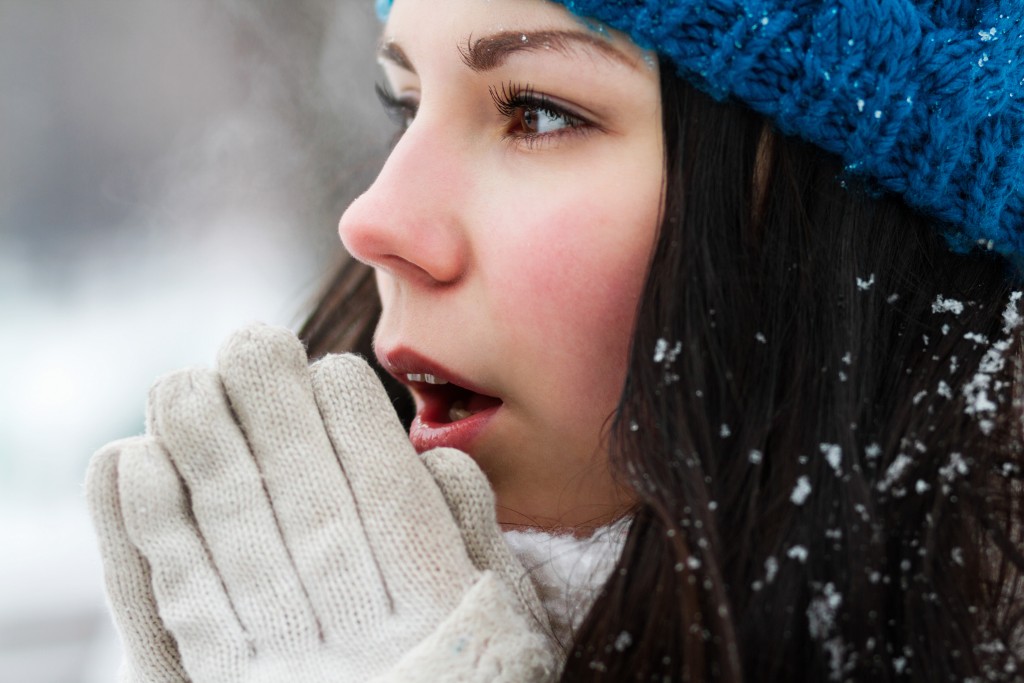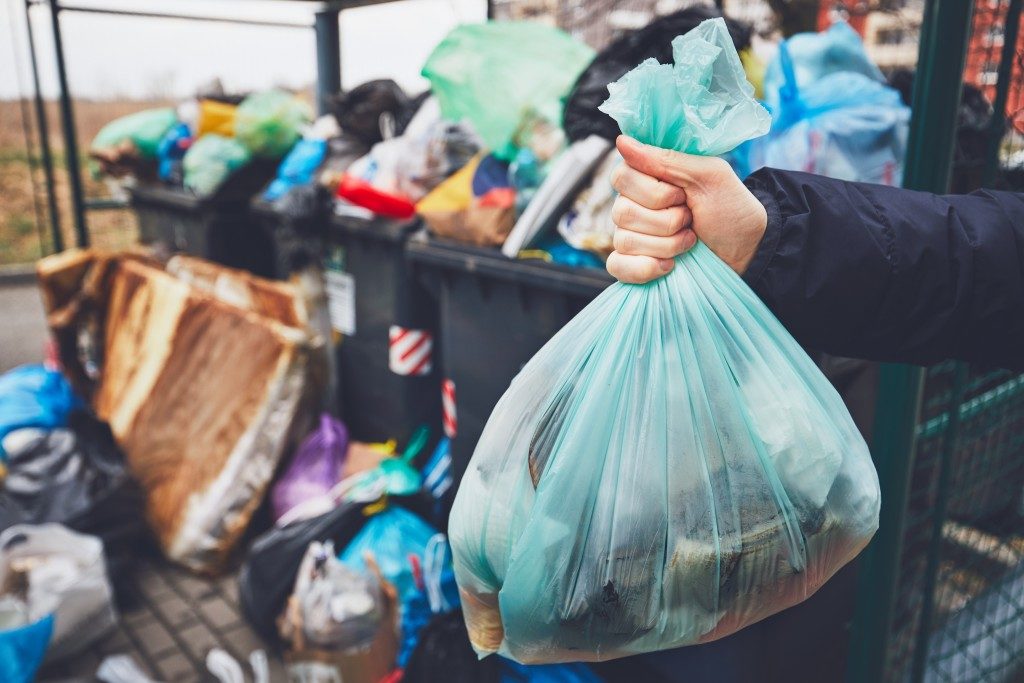Severe winter storms can be devastating. Aside from the sudden outbreak of a global pandemic, the previous was also defined by the increasing need to address the climate crisis. Some of the most intense wildfires and typhoons ever recorded ravaged different parts of the country in 2020.
This drastic increase in the frequency and force of natural disasters is alarming. Disaster preparedness has become more essential than ever. Quite recently, a lot of areas south of the country experienced catastrophic winter storms.
Weather the Storm
While the development of a vaccine promises new hope, the current global pandemic shouldn’t be the only cause of concern. Different communities should be wary about sudden drops in temperature as winter continues.
Many areas have been experiencing unusual winter storms. Scientists are pointing to the climate crisis as the culprit for this disruption in climate systems. Regardless, here are the most essential steps in preparing for the freezing that winter storms can bring.
Plan Ahead
The biggest part of preparing for any natural calamity is the creation of a disaster plan. Creating a plan for a household or community to follow in cases of disasters should always be communicated effectively. Delegate certain roles to specific people who would be willing and able.
Before a winter storm hits, make sure to listen to weather forecasts. Check emergency kits, food, and water regularly. Guarantee that there are sufficient resources to ride out the storm. Buy supplies if necessary. Don’t forget pandemic essentials, like masks and hand sanitizers, as well.
Stay Warm
Hypothermia and frostbite are among the most prominent threats of winter storms. The best way to combat these hazards is to keep body and room temperatures warm. Using a fireplace or wood stove is a common source of emergency heat for many households. Avoid using candles for heat.
A smart, portable space heater is a viable alternative for areas that do not have or would rather not use a fireplace or woodstove. Conserving heat can also be done through proper clothing. Wear at least three layers of clothing. Consider wearing wool and other fabrics that will help to retain heat and limit moisture.
Weatherproofing
Going outside during a winter storm is ill-advised. As much as possible, remain indoors. The home is the first line of defense against any calamity. It should be appropriately equipped and maintained to handle natural disasters.
For winter storms, insulation is the most essential aspect. Proper insulation will serve to mitigate the cold temperatures. Insulating water lines should also be a priority to prevent the water supply from freezing. Keep a carbon monoxide detector and fire extinguisher around the fireplace or woodstove.
Getting Stranded
As lockdowns and sheltering-in-place have begun to ease, more people are starting to travel again. In the unfortunate event that a winter storm occurs in the middle of traveling, do not continue driving. Poor visibility and icy roads can cause lots of accidents.
Staying inside the car should be the safest option in this scenario. Move all necessary items from the trunk into the passenger area. Running the motor and heater for 10 minutes per hour will help to keep the temperature warm. Tie some form of brightly colored material to the top of the car to signal rescuers.
Dire Situation

In the middle of February, various states have prompted emergency declarations as millions of Americans are affected by historic winter storms. Many areas are recording below-zero temperatures, which are paralyzing countless cities.
Texas, in particular, recently experienced the harshest weather conditions. The frigid storm caused rolling blackouts that left millions of people in the dark. Families were forced to gather over the little sources of heat that remained.
Disruptions in the water supply and the food supply chain exacerbated the circumstances. The cold temperatures caused water pipes to burst. Shelves were emptied and weather conditions have not been ideal for re-supply. Roughly half of the state’s population was affected.
Put Things Into Perspective
Since February 11, at least 26 deaths have been reported across the state. Relief efforts for Covid-19, like food banks and vaccine shipments, were either delayed or canceled. National and local government authorities have addressed the situation.
Fortunately, Texans have begun to recover after a disastrous week. Temperatures are warming close to what residents were expecting at this time of the year. This puts into context the increasing need for disaster preparedness, especially winter storms.
Active efforts are being done to counteract the climate crisis. Yet, the results of these actions won’t manifest overnight. Scientists fear that natural calamities are only expected to worsen in the coming years. The best thing to do is to remain equipped to face these challenges.



